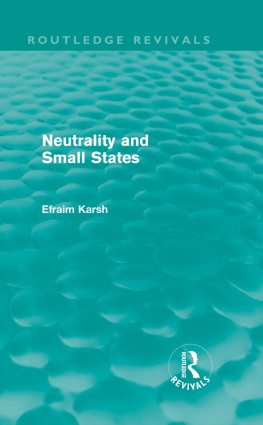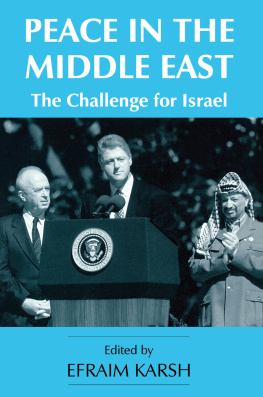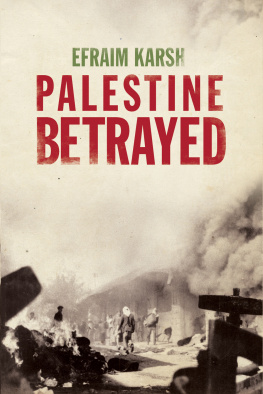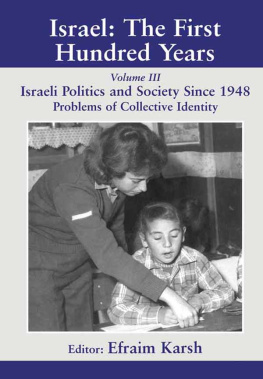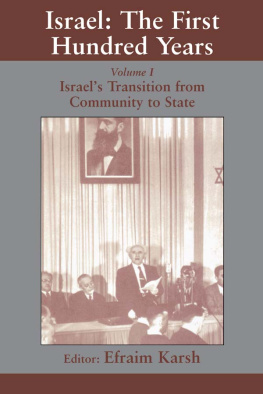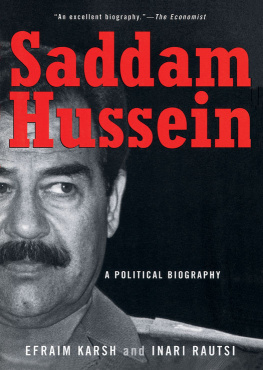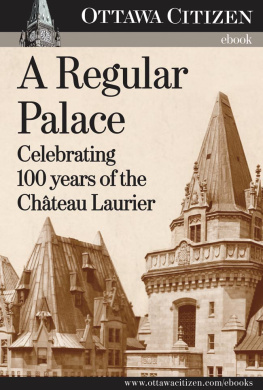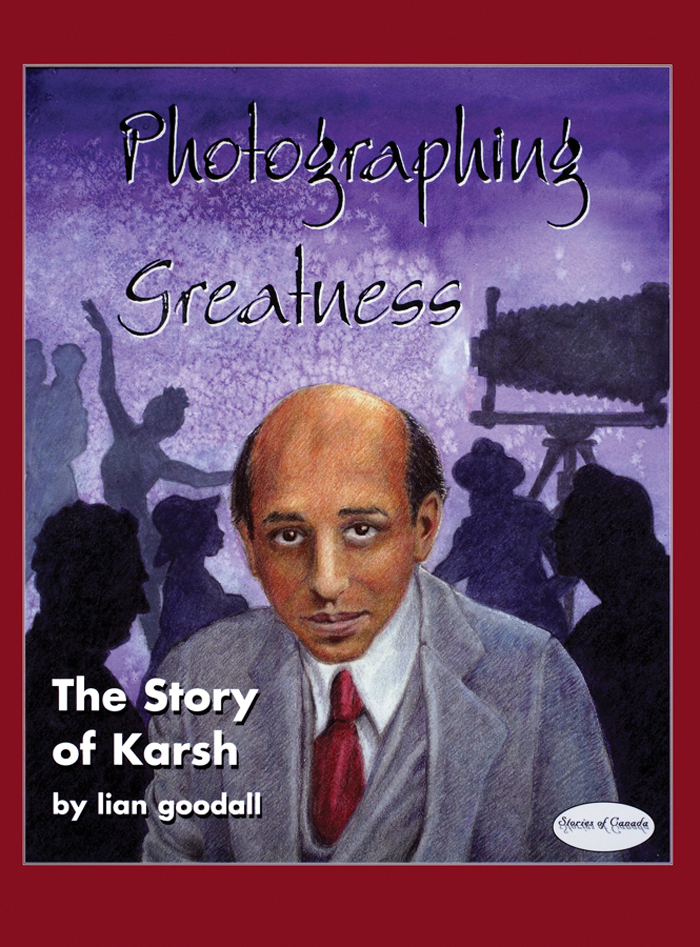Photographia
Greatness
The Story of
Karsh

Photographia
Greatness
The Story of Karsh
by
lian goodall
Illustrations by Samantha Thompson

Text copyright 2007 lian goodall
Cover art and illustrations copyright 2007 Samantha Thompson
All rights in this book are reserved. No part of this publication may be reproduced, stored in a retrieval system or transmitted, in any form or by any means, digital, mechanical, photocopying or otherwise, without the prior written consent of the publisher.
Napoleon & Company
Toronto Ontario Canada
www.napoleonandcompany.com

Napoleon & Company acknowledges the support of the Canada Council for our publishing program.
Printed in Canada
11 10 09 08 07 5 4 3 2 1
Library and Archives Canada Cataloguing in Publication
Goodall, Lian
Photographing greatness : the story of Karsh / Lian Goodall.
(Stories of Canada)
Includes bibliographical references and index.
ISBN 978-1-894917-34-6
1. Karsh, Yousuf, 1908-2002--Juvenile literature. 2. Portrait photographers--Canada--Biography--Juvenile literature. 3. Photographers--Canada--Biography--Juvenile literature. I. Title. II. Series: Stories of Canada (Toronto, Ont.)
TR140.K3G66 2007 j779'.2092 C2007-903849-2
This story is for my father, Ron Goodall, a great dad for a kid who was curious about art and science.
Table of contents


Introduction


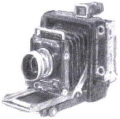
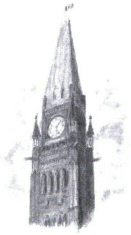
In your mind, how do you see the faces of your favourite people? When we think of well-known people of the twentieth century, a dramatically lit, black and white photograph by Yousuf Karsh may come to mind. He began his career in 1932, and for the next sixty years, Yousufs portraits gave magazine, newspaper and book readers the feeling that they personally knew many important people.
The photographers positive reflection of the world is amazing considering that as a boy he survived the murder of thousands of Armenians in Turkey. After his family escaped the country, teenaged Yousuf emigrated to Canada and worked in his uncles photography studio. Pieces of his story are found in articles and books by Yousuf, family members and other writers. Other parts are uncovered in the letters, papers and photographs at the Library and Archives Canada. But some facts about Yousufs flight from Turkey to Syria and his rise to fame were never recorded and remain unknown.
We do know that from boyhood on, Yousuf did his best to help his family. Once he had discovered his passion for portrait photography, he worked hard to become the best in his field, in his new country and in the world. The International Whos Who included the name Yousuf Karsh in its list of the most influential figures of the twentieth century.
Many of the others on the listkings, queens, politicians, scientists, musicians, sports heroes and movie starshad had their portraits made by Karsh of Ottawa. It was an incredible achievement.
Through his camera lens, Yousuf seemed able to reveal a subjects very soul. You will notice the faces are surprisingly real, but there is also mystery that will call you to look at the photographs again and again.
While Yousuf found it challenging to photograph those people who left a mark on the world, it was not only the famous that he photographed. Whether the subject was a worker in a factory or a child with muscular dystrophy, Yousuf strove to find the greatness in each person.
BEING KARSHED
Ive been Karshed, said General Montgomery after he was photographed in 1943. People would understand this to mean, I have been made immortal by the best portrait photographer of our time. Karsh photographs found their way around the world on stamps, bank notes and even potato wrappers.

This photo by Karsh shows Lord Mountbatten, a British politician who is best known overseeing the division of British India into the independent states of India and Pakistan in 1947. Macleans is a famous Canadian news magazine that is still published today.

First Days in Mardin
Baby Yousuf was born on December 23, 1908 at his grandmothers house in Mardin, Turkey. It was just before Christmas, a special holy time for his family, who were Christian Armenians. Yousuf was baptized into the Roman Catholic Church a few days after he was born.
Armenians were some of the first people in the world to become Christian, more than 1,700 years ago. But over the centuries, different groups ruled the area. In Turkey, where Yousuf was born, the rulers and most people had a different language, culture and religion from Armenians.
Mardin, the town where Yousufs family lived, was in southern Turkey. Mardin had been a Christian town in the third century, but in 640, Muslim Arabs occupied the city. When Yousuf was born, the city had a dozen different ethnic groups and religions, and most people were Muslim.
YOUSUFS PARENTS
Yousufs parents were both Christian, but they worshipped at different churches. Yousufs mother went to a Protestant church. Yousufs father, Amish (or Abdel Massih), was a member of the Roman Catholic Church. The priest had not been too happy when Amish had decided to marry a non-Catholic, but Amish followed his heart. Amish Karsh and Bahia Nakash were married in 1902. Their children learned about both Catholicism and Protestantism.


The town sat on the slope of a large plateau overlooking the plains of northern Syria. Mardin had lovely fruit trees and old stone houses. For hundreds of years, the talented townspeople had woven carpets for their homes and chipped carvings into the stone walls of the buildings to decorate the town.


